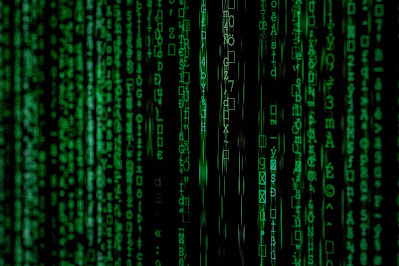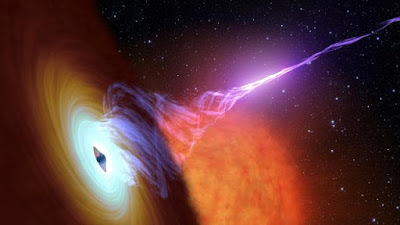🌌 AI in Space Research: How Artificial Intelligence is Revolutionizing Space Exploration

🧠 Introduction Artificial Intelligence (AI) is no longer a futuristic buzzword — it's the co-pilot of the cosmos . From self-navigating Mars rovers to predicting stellar explosions, AI is transforming how we explore space. And in 2025, its role is bigger than ever. So, how exactly is AI changing the rules of space research? Let's decode this cosmic collaboration. 🤖 AI + Space = A New Era of Discovery 1. Autonomous Rovers and Robots Remember NASA’s Perseverance rover? It used onboard AI to navigate the Martian surface without human input. Now, in 2025, newer AI algorithms allow spacecraft to: Detect obstacles in real-time Optimize travel paths Make decisions when mission control is hours away 🛰️ Example: ISRO's next-gen lunar rover will integrate AI for autonomous terrain scanning. 2. AI-Powered Satellites Modern satellites aren't just cameras in the sky. With machine learning, they're capable of: Spotting weather anomalies Tracking deforest...









-min.jpeg)



.jpeg)